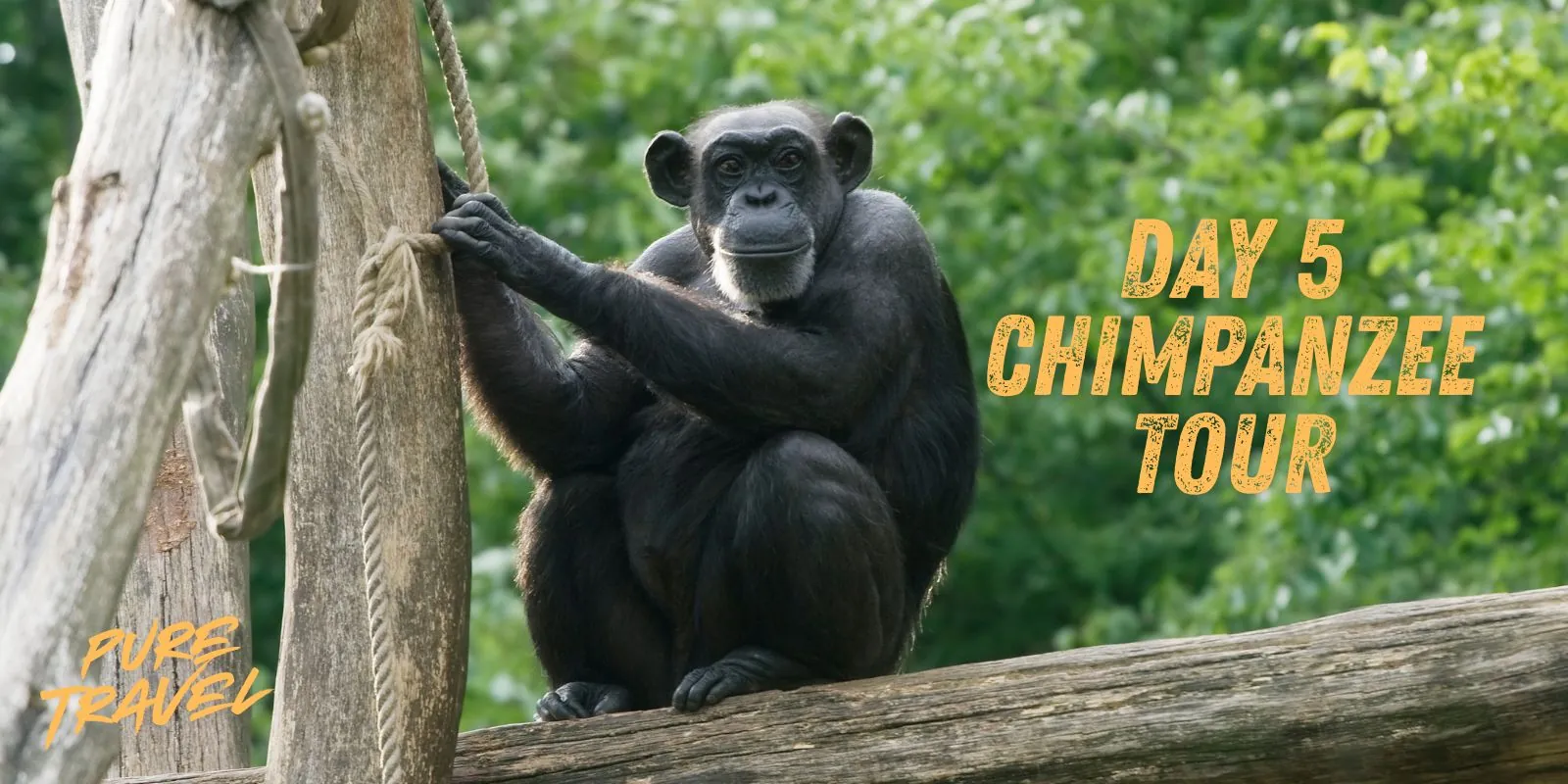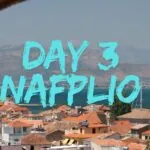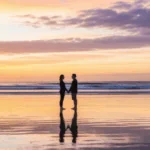Ultimate Guide To Day 5 Chimpanzee Tour In Africa
Day 5 Chimpanzee Tour in Africa led us from the misty Ugandan Highlands to the wildlife-rich plains of Lake Mburo National Park. Between zebra herds, hippos basking by the water, and a sunset game drive, it was a day of raw beauty and wild tranquility — Uganda at its most captivating.
Introduction: From Forest Trails to Open Savannah
After our heart-stirring encounter with chimpanzees in Kibale Forest the previous day, we began our journey south through the undulating hills of western Uganda. The road wound through emerald tea plantations and terraced farms, dotted with small villages where children waved as we passed. The morning mist clung to the highlands like a soft veil, revealing bursts of sunshine over banana groves and distant crater lakes. It felt as though we were watching Uganda transform — from dense rainforest to open savannah.
Our destination was **Lake Mburo National Park**, a compact gem famed for its rich wildlife and serene lakes. The drive took roughly six hours by private 4×4, including a few scenic stops for photos and a quick roadside snack of roasted maize and chapati (UGX 2,000, about AUD 1). As we left the highlands behind, the air grew warmer and drier — the scent of dust mingling with the earthy aroma of acacia trees.
Morning: Arrival in Lake Mburo National Park – Day 5 Chimpanzee Tour
By late morning, we reached the entrance gate of **Lake Mburo National Park**, greeted by the rhythmic songs of cicadas and the soft grunts of nearby zebras grazing near the track. The park stretched out in hues of gold and green — rolling hills, open grasslands, and glimmering wetlands. We could already see impalas bounding through the distance and warthogs trotting by, tails raised like flags.
After checking into the **Mantana Lake Mburo Tented Camp**, a peaceful eco-lodge overlooking the water, we freshened up and enjoyed a cool fruit juice on the veranda. Lunch was a flavorful spread of grilled tilapia, rice, and sautéed greens (UGX 50,000 per person, around AUD 20) — light, refreshing, and just right after the long drive.
Afternoon: Walking Safari & Game Drive
The afternoon was pure adventure. We joined a **local guide** for a walking safari, a unique experience in Uganda where you can explore the bush on foot. The ground was dry underfoot, crunching with each step, while the breeze carried the scent of wild sage. We spotted a dazzle of zebras grazing calmly, their stripes shimmering in the sunlight. A group of impalas darted past us, graceful and alert, while our guide pointed out leopard tracks near a muddy patch — a reminder of how alive this land truly was.
Later, as the sun began to dip, we set off on a **sunset game drive**. The golden hour painted everything in warm tones. We watched hippos wallow lazily in the shallows of Lake Mburo, and, to our astonishment, caught a fleeting glimpse of a **leopard** slipping through the tall grass — silent, elegant, and untouchable. The air was filled with birdsong — fish eagles calling overhead and the chatter of weaver birds returning to roost.
Evening Reflections: Dining by the Lake
Dinner at the camp was served under a canopy of stars, the lake glinting softly in the moonlight. The sounds of the night — chirping crickets, distant hippo snorts, and the soft rustle of wind through the reeds — made for an unforgettable atmosphere. We dined on **beef stew with matoke and peanut sauce** (UGX 65,000 per person, about AUD 26) and ended with a slice of tropical fruit tart paired with Ugandan coffee.
Day 5 Chimpanzee Tour – As we sat by the fire, reflecting on the day, it struck me how this journey was not just about wildlife, but rhythm — the slow, natural rhythm of Africa itself. From the energetic calls of the chimpanzees to the quiet stillness of Lake Mburo, each day had its own music.
Pro Traveler Tip – Day 5 Chimpanzee Tour
Lake Mburo is one of the few national parks in Uganda where walking safaris are permitted — a must-do for nature lovers. Go early in the morning or late in the afternoon when temperatures are cooler and wildlife is more active. Bring binoculars for birdwatching — over 300 species thrive here.
Pro Traveler Warning
Mosquitoes can be persistent near the lake after sunset, so wear long sleeves and apply insect repellent liberally. Also, be cautious during evening walks — hippos and warthogs often graze near the camps at night. Always follow the guide’s instructions.
Wild Serenity in the Heart of Uganda
Day 5 was a gentle reminder of Africa’s balance — where the wild meets peace, and each moment feels suspended in time. From tracking primates in thick rainforest to walking among zebras in open grasslands, Uganda revealed its duality — fierce and tranquil, wild and welcoming. As night fell over Lake Mburo, the stars mirrored on the water’s surface, I knew this would be one of those travel days etched forever in memory.
FAQ: Day 5 Chimpanzee Tour in Africa
1. How long is the drive from Kibale Forest to Lake Mburo National Park?
The drive takes approximately 5–6 hours by private 4×4 vehicle, depending on stops and road conditions. It’s a scenic journey through Uganda’s highlands and farmlands, with plenty of photo opportunities along the way.
2. What kind of wildlife can you see at Lake Mburo National Park?
Lake Mburo is home to zebras, impalas, hippos, warthogs, buffaloes, leopards, and over 300 species of birds. It’s also one of the few parks in Uganda where you can explore on foot with an armed ranger guide.
3. What’s special about the walking safari experience in Lake Mburo?
Walking safaris allow you to experience the bush up close — from animal tracks to bird calls. You can safely walk among zebra herds and antelopes, guided by expert trackers who share insights on the park’s ecosystem.
4. What accommodation options are available inside the park?
Mantana Lake Mburo Tented Camp and Mihingo Lodge are popular choices. Both offer eco-friendly setups with lake views, fresh meals, and guided safari experiences, blending comfort with wilderness.
5. When is the best time to visit Lake Mburo National Park?
The best time is during the dry seasons — June to September and December to February. Wildlife viewing is excellent then, and the trails are easier to navigate for walking safaris.







